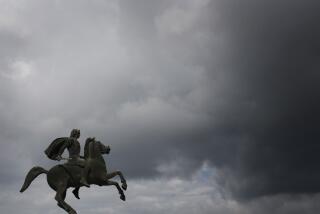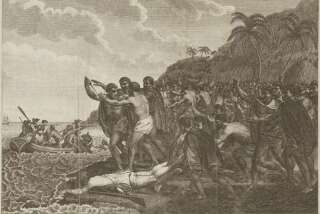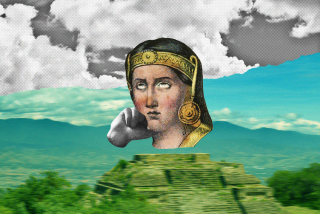NONFICTION - Sept. 27, 1992
AMERICAN HOLOCAUST: Columbus and the Conquest of the New World by David E. Stannard (Oxford: $26; 358 pp.). The romantic hero portrayed in the Columbus biographies by Emilio Taviani and John Noble Wilford that were published last year--an earthy explorer symbiotically connected to the sea and the stars--bears scant resemblance to the tyrant indicted here for unleashing “the most massive act of genocide in the history of the world.”
The radical divergence of opinion should come as no surprise, for all Columbus biographers are profiling a symbol rather than a man. (Arguably they have no other option, for we know precious little about Columbus himself.) There’s no disputing Stannard’s observation that just 21 years after Columbus first landed, “nearly 8 million people had been killed by violence, disease and despair.” But while Stannard mocks the mainstream tendency to blame disease, “an army of invading microbes,” for the vast majority of the deaths, he fails to present a “smoking gun” to support his counterculture argument that Columbus set out to exterminate the natives. In contrast, we have abundant evidence about how genocidal disease was in the Middle Ages: A hundred years before Columbus’ birth, for instance, the Black Death killed millions in Europe.
Still, Stannard’s narrative offers a much-needed counterbalance to centuries of romantic confabulation about the explorer. Stannard clobbers us over the head with his message that “we are Columbus”--arguing that we’re killing them now in the Persian Gulf just as we were killing them then in the Gulf of Mexico--but since the differences between the conquistadors and our imperialists are not as dramatic as we would like to think, his warning, however overwrought, deserves attention.
More to Read
Sign up for our Book Club newsletter
Get the latest news, events and more from the Los Angeles Times Book Club, and help us get L.A. reading and talking.
You may occasionally receive promotional content from the Los Angeles Times.






